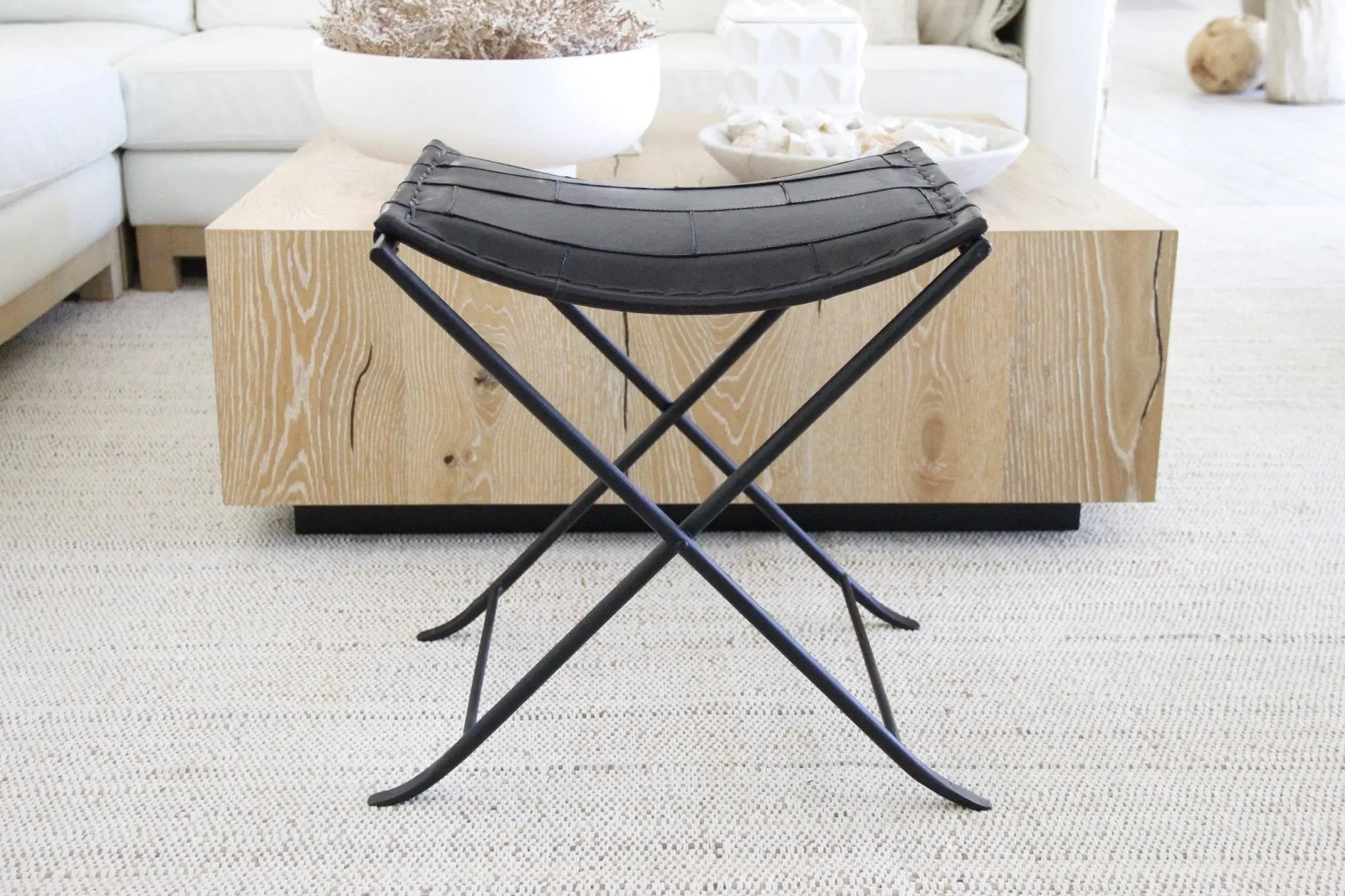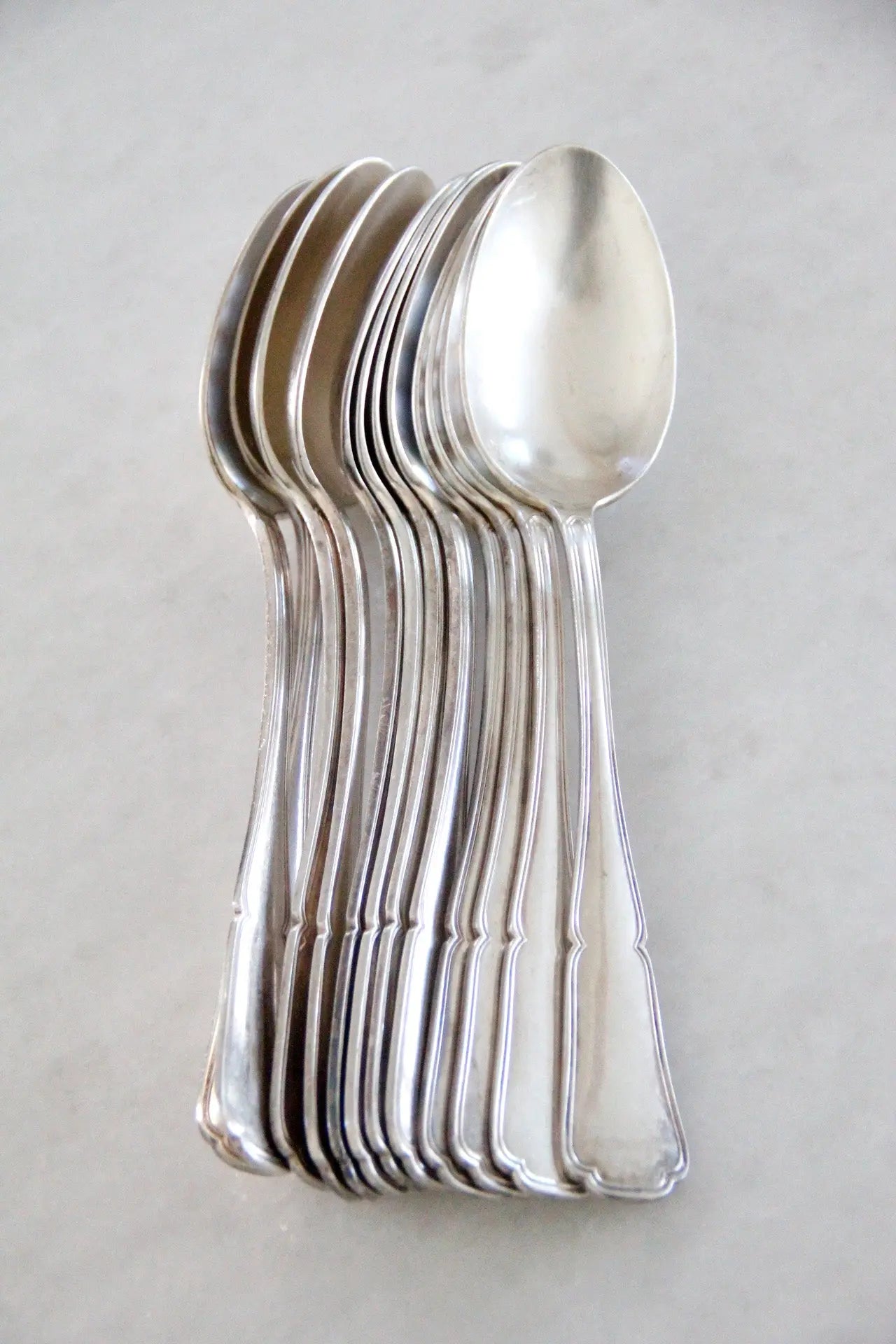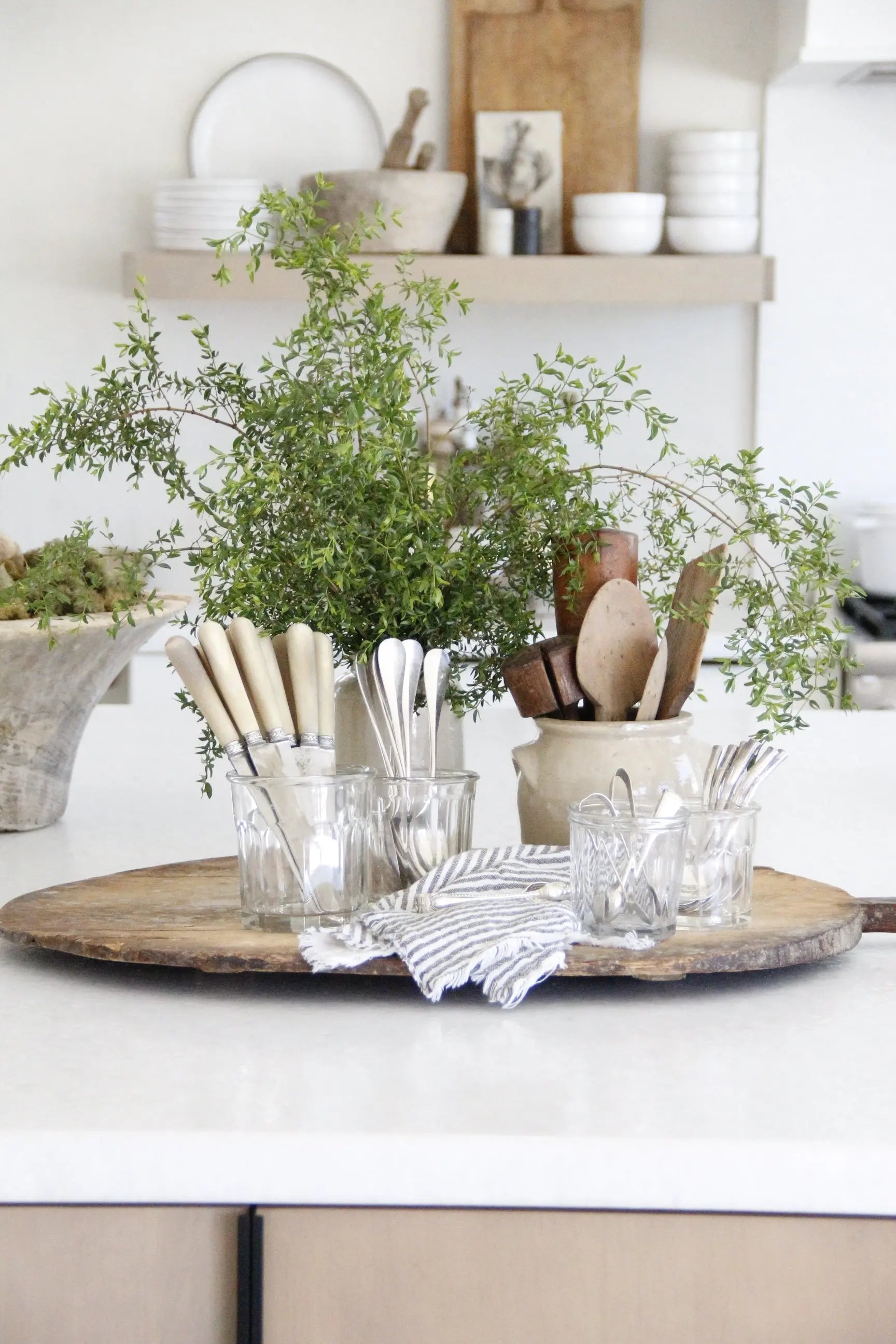The Ultimate Guide to Antique & Vintage Brass

The Ultimate Guide to Antique & Vintage Brass
Brass, with its warm and timeless appeal, has been a staple material in interior design and decor for centuries. Whether adorning fixtures, hardware, or decorative accents, brass adds an unmistakable touch of elegance to any space. However, when it comes to choosing between lacquered and unaltered brass, many are left wondering about the differences and which option best suits their needs. In this comprehensive guide, we explore the characteristics of lacquered and unaltered brass, shedding light on their distinct attributes and maintenance requirements.The
Allure of Unaltered Brass
Unaltered brass possesses a distinct charm that appeals to enthusiasts of traditional aesthetics. Its natural finish showcases the authentic beauty of the metal, with a rich golden hue that exudes warmth and character. Unaltered brass develops a unique patina over time, imbuing it with a sense of history and craftsmanship. However, one must acknowledge that this patina is a result of oxidation, leading to tarnishing and darkening of the surface.
The Appeal of Lacquered Brass
Lacquered brass, on the other hand, offers a more controlled and polished appearance. The application of lacquer creates a protective barrier that shields the brass from environmental elements, preventing tarnishing and oxidation. As a result, lacquered brass maintains its lustrous shine for an extended period, requiring minimal upkeep. This makes it an ideal choice for high-traffic areas or items that are frequently handled, as it retains its pristine appearance with minimal maintenance.
Maintenance Considerations
When deciding between lacquered and unaltered brass, maintenance requirements play a crucial role. Unaltered brass requires periodic cleaning to remove tarnish and restore its original shine. Various commercial brass cleaners are available, or one can opt for homemade remedies like vinegar or lemon juice to effectively remove tarnish. However, it's essential to exercise caution and avoid abrasive cleaners that may damage the brass surface.
In contrast, lacquered brass is relatively low maintenance, as the protective coating prevents tarnishing and oxidation. Regular dusting with a soft cloth or mild soap and water is usually sufficient to keep lacquered brass looking its best. It's important to avoid abrasive cleaners or polishing agents, as they can damage the lacquer finish and compromise its protective properties.
Choosing the Right Option for Your Needs

Ultimately, the choice between lacquered and unaltered brass depends on individual preferences and the intended application. If you value the natural patina and character of aged brass and don't mind occasional maintenance, unaltered brass may be the perfect choice for you. However, if you prefer a pristine and low-maintenance option that retains its shine over time, lacquered brass is the way to go.
Final Thoughts
In the realm of interior design and decor, the choice between lacquered and unaltered brass boils down to personal preference and practical considerations. Whether you opt for the timeless allure of unaltered brass or the polished sophistication of lacquered brass, both options offer distinct advantages and contribute to the overall aesthetic appeal of your space. By understanding the differences between these two finishes and their maintenance requirements, you can make an informed decision that enhances the beauty and longevity of your brass accents.




Comments